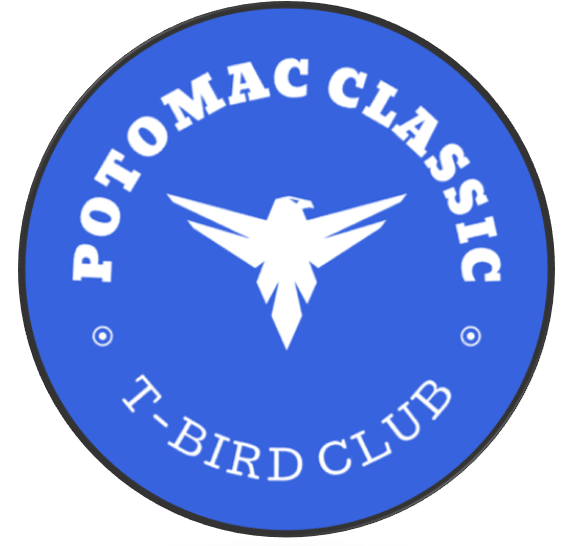The first time I laid eyes on a 1955 Ford Thunderbird, it was more than just a glance—it was a moment of sheer, unmistakable connection. With its sleek lines and porthole windows, this vehicle didn’t just stand there; it seemed to pulse with stories from a bygone era. Owning a car like this isn’t just about transportation. It’s about embracing a slice of Americana and cruising straight into the heart of nostalgia.
The Allure of the 1955 Ford Thunderbird
In the mid-1950s, America was a nation on the brink of a cultural shift. The economy was booming, rock ‘n’ roll was rising, and car design was about to leap from functional to downright flashy. The introduction of the Ford Thunderbird in 1955 marked a pivotal moment in this transformation. Unlike the utilitarian vehicles of the post-war era, the Thunderbird was built with pleasure in mind—luxury and looks over laden utility.
The 1955 model, known affectionately as the “Baby Bird,” was Ford’s response to the Chevrolet Corvette, yet it carved out a new niche. This was a personal luxury car with a V8 engine capable of a 193 horsepower output that brought a new level of performance to the American road. Its removable hardtop made it versatile for any weather, while its features, including a telescoping steering wheel and power seats, offered a hint of the opulence that would become standard in the cars of the future.
Daily Driving a Dream
Driving a classic like the 1955 Thunderbird on a daily basis is an experience unlike any other. It’s not merely about the feel of the steering or the response of the throttle; it’s about the way people look at you when you’re at the wheel. You’re instantly more interesting, connected to a piece of motoring history.
Sure, there are challenges. The absence of modern conveniences like GPS and air conditioning, not to mention the attention to maintenance vintage cars require, can be daunting. Yet, the joy of driving a car as iconic as the Thunderbird makes these seem like small prices to pay. Each time the engine roars to life, it’s a reminder that you’re driving something built in a completely different era of craftsmanship and style.
The Restoration Journey
Restoring a 1955 Thunderbird can be a road fraught with as many pitfalls as pleasures. Parts are not always easy to come by, and authenticity can be a rigorous standard to maintain if one is aiming for a show-quality restoration. I learned early on that it’s crucial to connect with a community of fellow enthusiasts and experts. Clubs and online forums have been invaluable for sourcing rare parts and invaluable advice.
The restoration of my Thunderbird was a journey of about two years, involving countless hours of meticulous work, from overhauling the engine to refurbishing the interior and bringing the chrome back to its original shine. Every bolt turned and every layer of paint applied was a labor of love, a tribute to the era and the engineers who made this car possible.
On the Road and in the Shows
One of the greatest pleasures of owning a classic car like the Thunderbird is taking it on the road. Whether it’s a Sunday drive through the countryside or a journey along the coast, the drive is a throwback to a time when driving was a leisure activity rather than just a means to an end. The smooth ride, the purr of the engine, the feel of the wheel—it all adds up to a driving experience that’s as close to time travel as you can get.
Car shows are another arena where the Thunderbird shines. Here, it’s not just about showcasing the restoration work but about sharing stories and experiences with fellow aficionados. Each car show turns into a festive reunion of sorts, where memories and tips are exchanged with enthusiasm.
The Community
Perhaps one of the most rewarding aspects of owning a 1955 Ford Thunderbird is the community that comes with it. Across the country and around the world, there are clubs dedicated to the preservation and appreciation of Thunderbirds. These communities are not just about loving old cars; they’re about keeping a piece of history alive and running. They organize shows, rallies, and swap meets that are vital for sourcing parts and knowledge.
The Emotional Ride
Owning a 1955 Ford Thunderbird is like keeping a piece of history in your garage. It’s a tangible connection to a vibrant, transformative period in American culture, resonating with the optimism and the spirit of innovation of its time. The emotional connection to this car goes beyond mechanics and metal. It is about the stories it tells and the smiles it brings to faces when you drive by. It’s about the conversations it starts and the friendships it fosters.
In the end, life with a 1955 Ford Thunderbird is a passage back to a nostalgic era, a bridge to past joys and dreams. It’s about owning a piece of the past, not just to preserve it but to live it. Every ride is a reminder that some things are timeless in their appeal, and classic cars like the Thunderbird will always have a place on the roads and in the hearts of those who love them.

